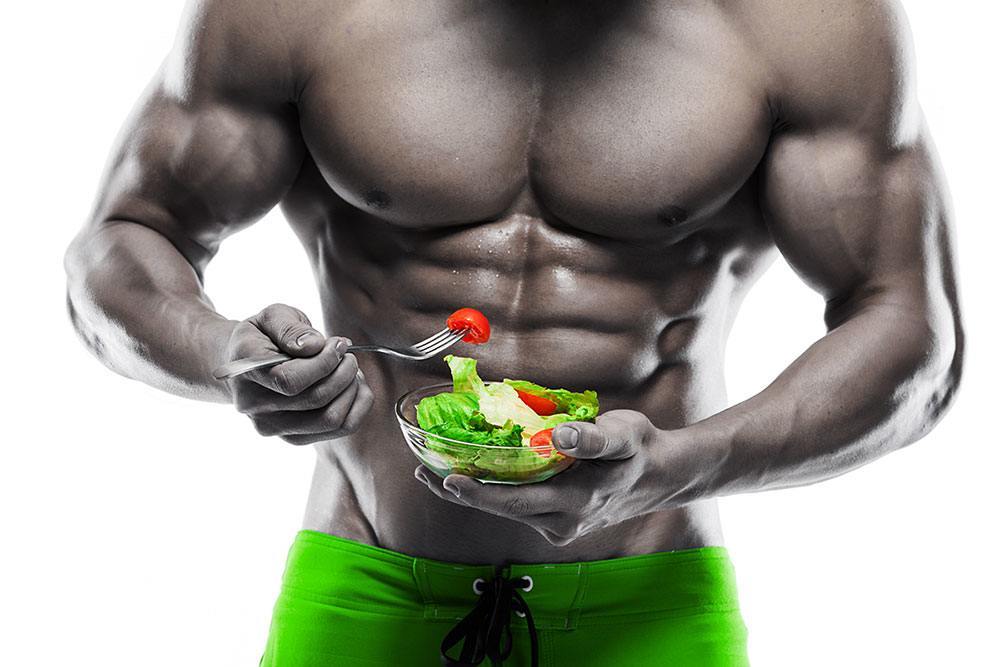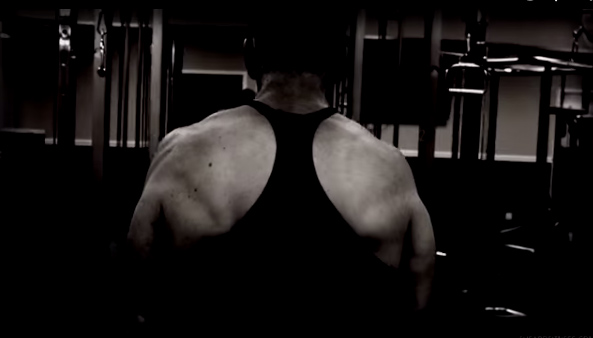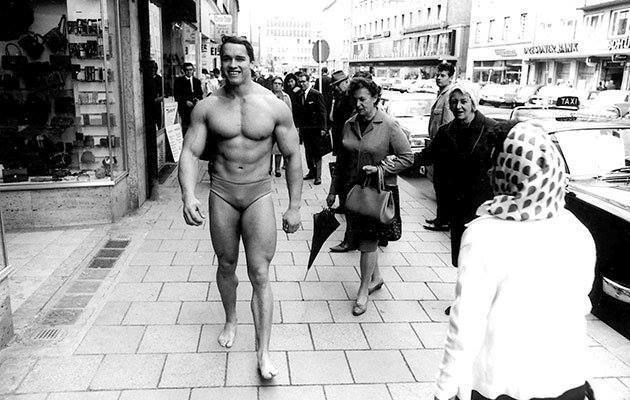When it comes to weight loss, by far the most important factor is how many calories you eat. The when, what and how don’t matter much, based on what science has shown so far. There was a guy in the U.S who lost 27 pounds on a diet of Twinkies, Oreos and Doritos. How? By counting his calories.
The thing that makes eating on a caloric deficit the easiest is how ‘full’ what you eat makes you feel. When cutting (losing fat), you wanna eat foods that will make you feel more full, so as to be able to go through your day while eating less. Inversely, if you’re bulking (gaining muscular mass), you wanna eat things that don’t make you feel too full, so you can eat more. Things that make you feel full are white meat, complex carb foods (such as pasta) and, most importantly, fiber-rich foods (such as oatmeal). Find a more exhaustive list here.
What does that mean? Simply put, to lose weight you need to: a) count your calories and b) eat foods that make you feel full. That’s it. If you do those two things, no matter what you eat, you won’t necessarily be healthy, but you WILL reach your weight goals.
So how to actually count calories? Here’s how:
- Calculate your Total Daily Energy Expenditure (TDEE) here. This will calculate how many calories you need to eat in a day in order to maintain your current weight, based on your age, sex, height, weight, and time spent doing physical activity weekly. To be even more accurate, use the formula that takes into account your body fat percentage. You can estimate that based on pictures found here.
- Take the number of calories you got from the TDEE calculator, and either add or subtract depending on your goal. Generally, you wanna stay within 300 of your TDEE, unless you have advanced knowledge of nutrition. If you wanna gain mass, add 300; if you wanna lose fat, subtract the same amount.
- Use a food nutrient database such as this one to make your diet. This is a hot topic, but generally, you want your diet to be made up of 40% proteins, 40% carbohydrates, and 20% fats (mostly essential fatty acids). Also, keep in mind, one gram of protein and carbohydrate each contain 4 calories, and one gram of fat contains 9. So if you have a 2000 calorie diet, you would be eating 200 grams of protein, 200 grams of carbohydrate and 45 grams of fat daily. Now, remember, when you eat doesn’t matter nearly as much as how much you eat, so the question of how many meals you should split those quantities into doesn’t matter too much. However, as a rule of thumb, between 3 and 5 meals will keep you happy and going through your day if you have lots of filling foods in your diet.
- Buy a food scale on Amazon.com. A decent food scale costs less than $20 if you take into account the shipping fees, as you can see here. For something so useful in the long-run, $20 certainly isn’t much. Now, when it comes to how you weight your food, it doesn’t matter too much as long as you’re consistent. I personally weight everything in grams, because that’s how I get the most accurate results, but if, for example, you’re weighting something post-cooking, then do that for everything else as well. If you are not consistent in your weighting practices, you will get results that are overall less accurate, and it will make your life more complicated too.
- Be practical in ways that make your life more simple. When you start, try to limit yourself to simple healthy foods that are easy to prepare, weight and put together. Examples: chicken, brown rice, sweet potatoes, oatmeal, nuts, fiber-rich fruits like blueberries and raspberries, etc.. Over time, you can diversify your diet, once you’ve gotten more used to weighting and preparing food. Also, do things that will make it easy to prepare and weight food in the long run, like having re-usable Ziploc bags with the food name and quantity in grams written on it. For example, I eat nuts 4 times a day, once per meal, and I have 4 Ziploc plastic bags, on each of which is written ‘nuts, 30g’. This way, I remember that I have to prepare 4 bags of 30g of nuts daily, just by looking at my Ziploc bags.
Here you go. A simple guide to make calorie counting easier. Of course you’re still gonna have to spend a bit of time preparing your food every day, but there’s no way around that. But remember, calorie counting is by far the most important thing. You could eat literally anything, and as long you calorie-count, you will still get results. So the time spent calorie-counting is definitely worth it!






